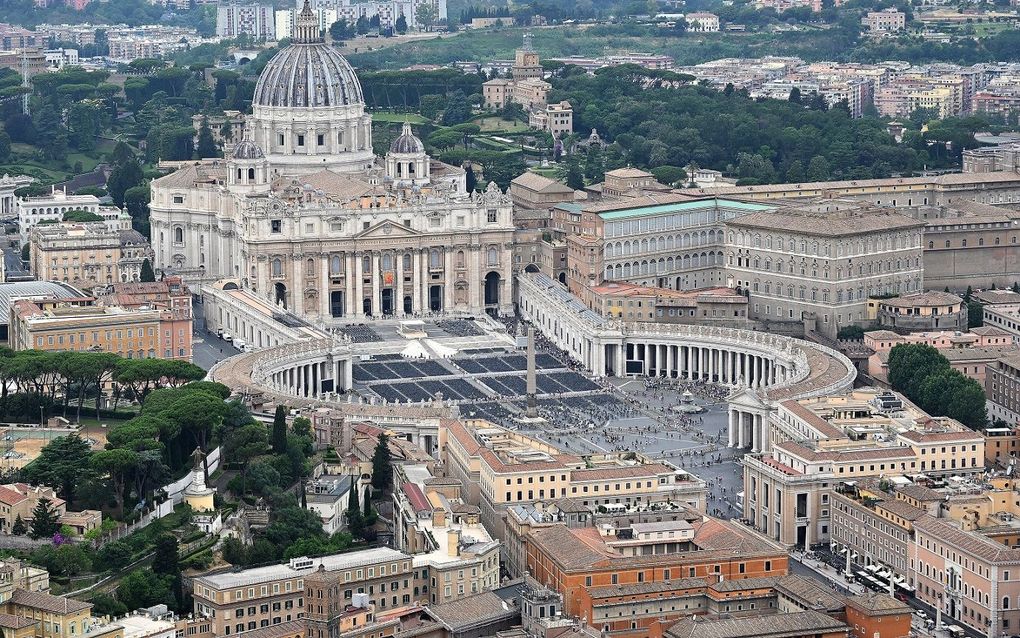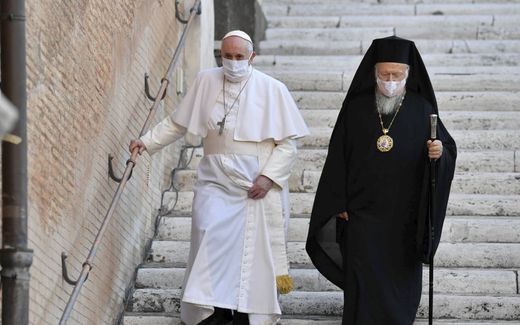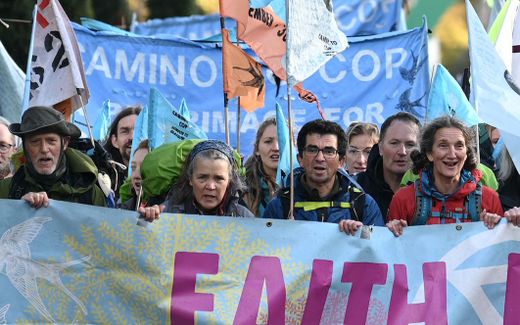Vatican tries to make Saint Peter climate neutral

An aerial view of the Saint Peter's Basilica in Rome, Italy. Photo EPA, Ettore Ferrari
Southern Europe
The world's largest cathedral, the Saint Peter's Basilica in Vatican City should be climate neutral by 2025. Protestant churches in Germany are also preparing for energy innovation.
To make the transition to a building that does not emit carbon at all, the Vatican appointed a former environment activist, Walter Ganapini.
Ganapini, who formerly worked for the environmental organisation Greenpeace and is a scientific expert on climate issues, is to coordinate a scientific committee which will deal with the sustainability project of the Saint Peter's Basilica. That is reported by Breitbart. The goal of the project is to bring down the emissions of the Cathedral to zero, including its management of the millions of visitors.
The project is supposed to be done by 2025. That year is a special occasion, because it is a jubilee year that is celebrated once every 25 years by the Roman Catholic Church. Breitbart writes that the project reflects the Pope's appeal for an “ecological conversion” of humanity.
No salary
According to the archpriest of the Basilica, Ganapini was appointed because of his “high ethical and professional profile.” Ganapini does not receive a financial reward for his work, the Nederlands Dagblad reports.
The Vatican City State announced in a statement that it wants to be one of the first entities “to reach record levels in terms of savings and sustainability.” it therefore promotes the use of electric vehicles, uses compatible materials eliminate toxic substances, provides double glazing, solar screens an create LED lighting. That should all lead to significant savings in electricity, the statement reads.
Solar panels on church roof
The Vatican is not the only actor that attempts to make its churches climate neutral. In the German Protestant regional churches in Württemberg and Baden, environmental officers welcome a governmental decision that allows them to install solar panels on the roofs of churches. That is reported by Evangelisch.de. “Depending on the regional church or diocese, the proportion of listed buildings (on which solar panels can be installed) can be between 30 and 50 per cent”, Klaus-Peter Koch from Stuttgart and André Witthöft-Mühlmann from Karlsruhe explain. Both of them are environmental officers of the Protestant denomination in Germany.
There is even a special agency which supports and helps churches that want to be climate neutral. KSE Energie is an ecclesiastical, non-profit organisation that is supported by the four major Christian churches in Baden-Württemberg. “We align our actions with our overarching goal of preserving God's creation”, the organisation writes on its website. For example, it installs solar panels on church roofs.
Keeping churches dark at night
Two-thirds of the German population is in favour of not lighting churches at night to save energy. That is shown by a survey about which Die Tagespost reports. Only 14 per cent thinks keeping the church buildings in the dark is a bad idea.
Of the Catholic respondents, 65 per cent wants the churches to save energy by turning off the light. Among Protestants, 75 per cent shares that opinion.
The survey took place between August 12 to 15. It polled 2,146 adults.
Related Articles






